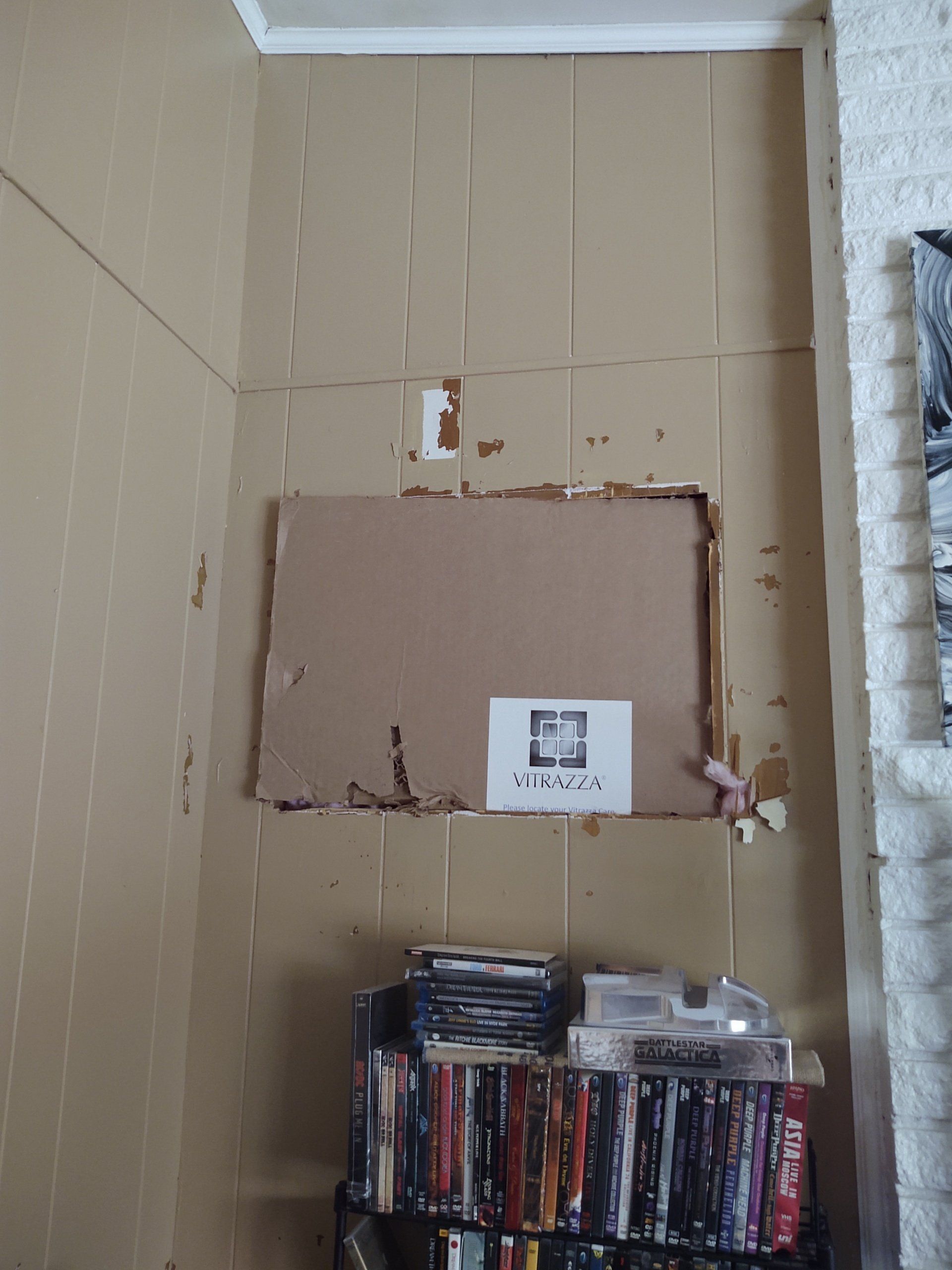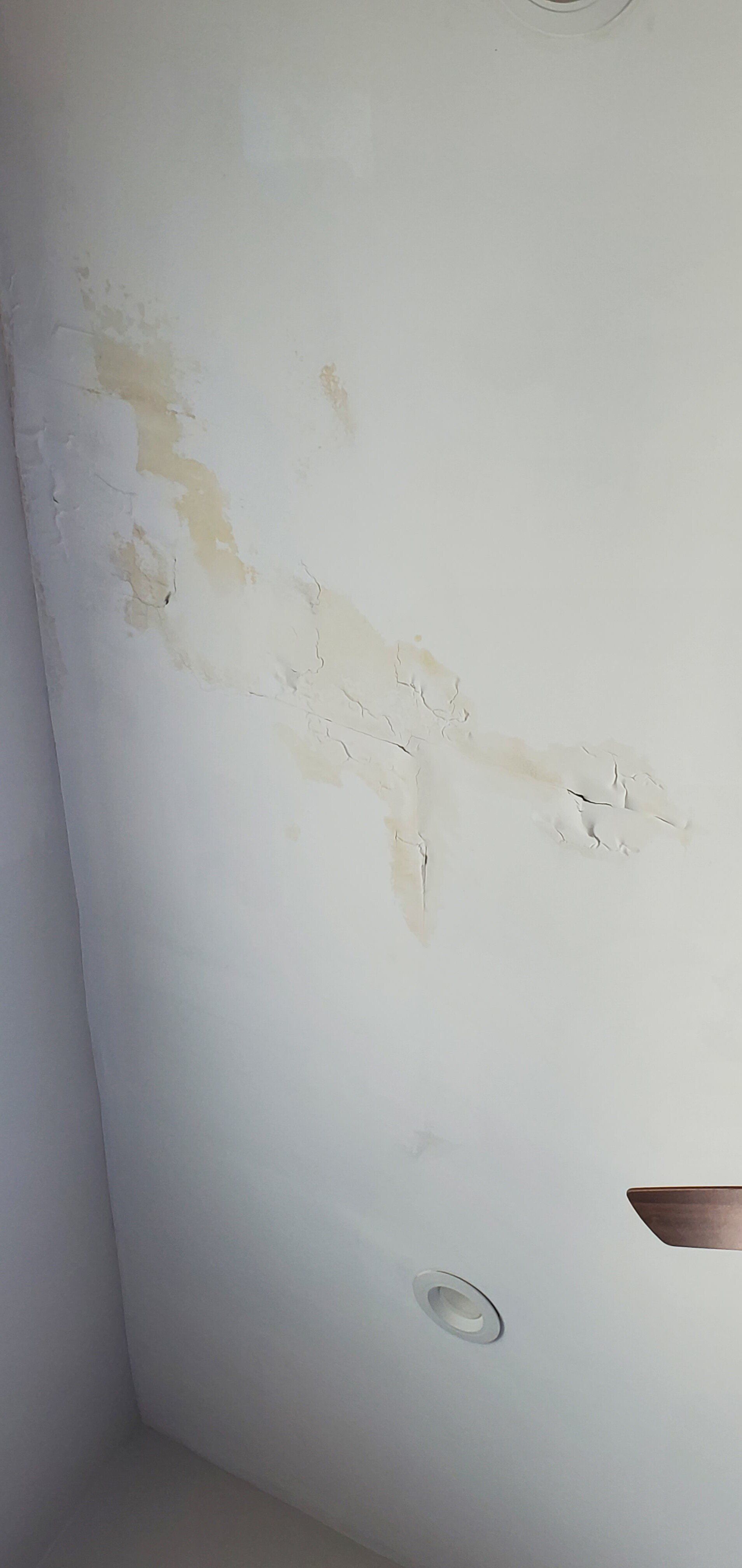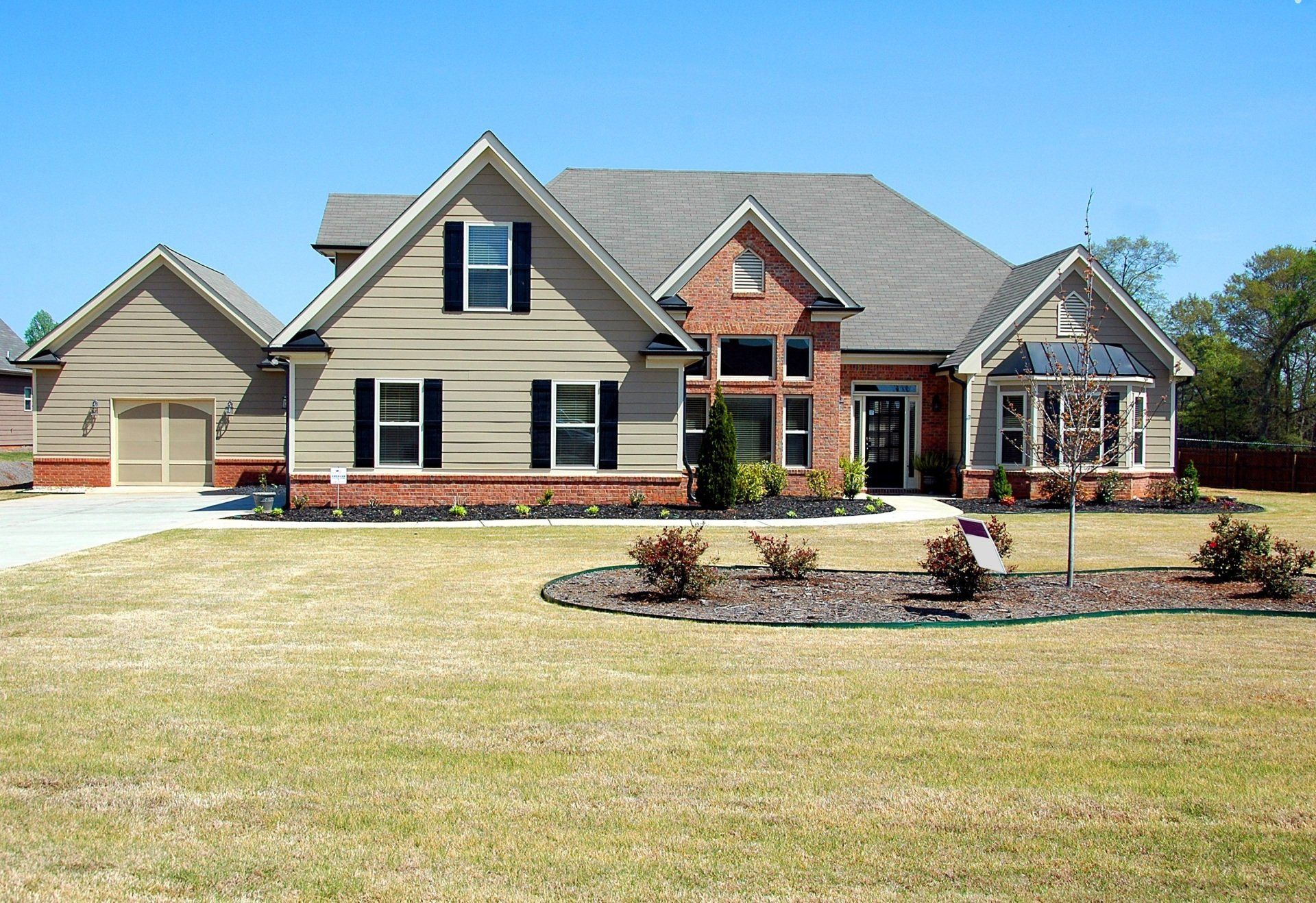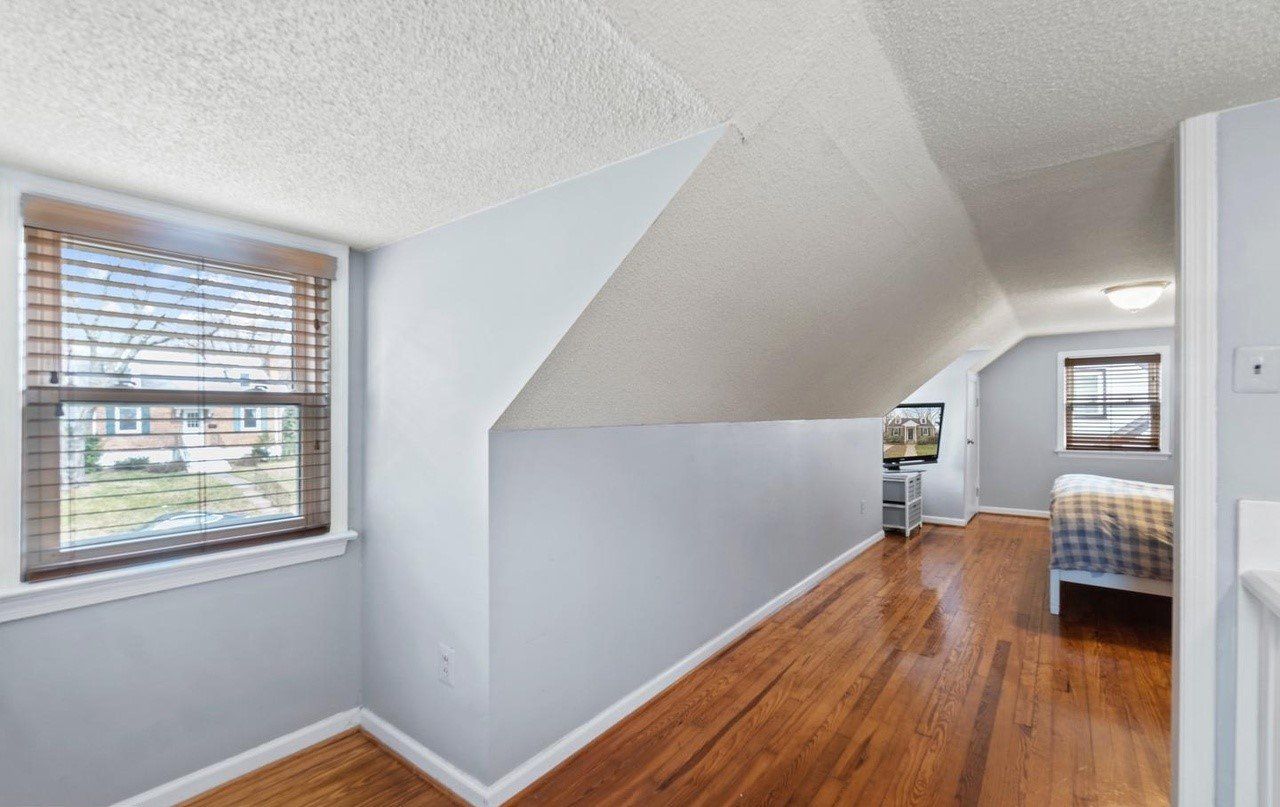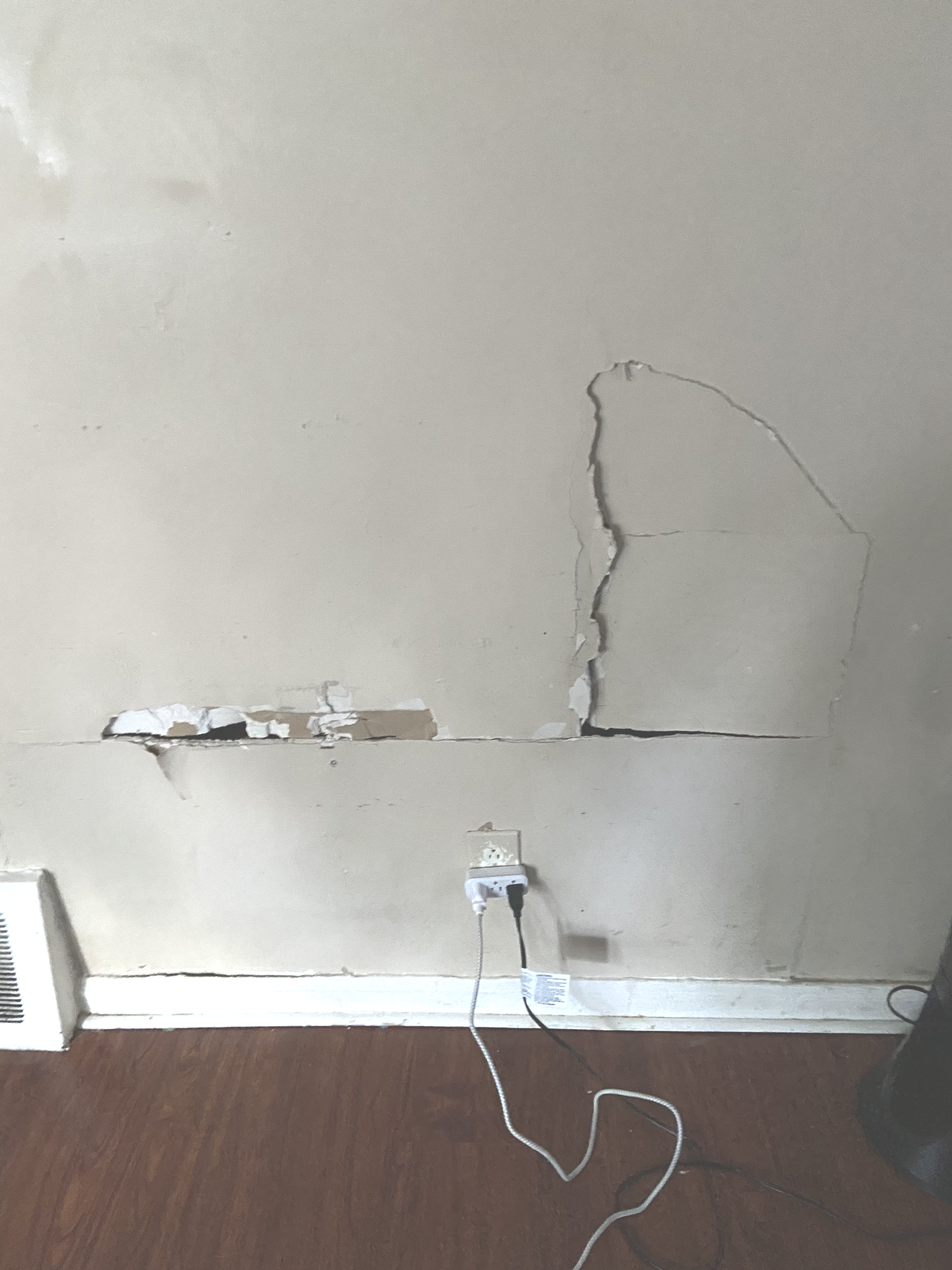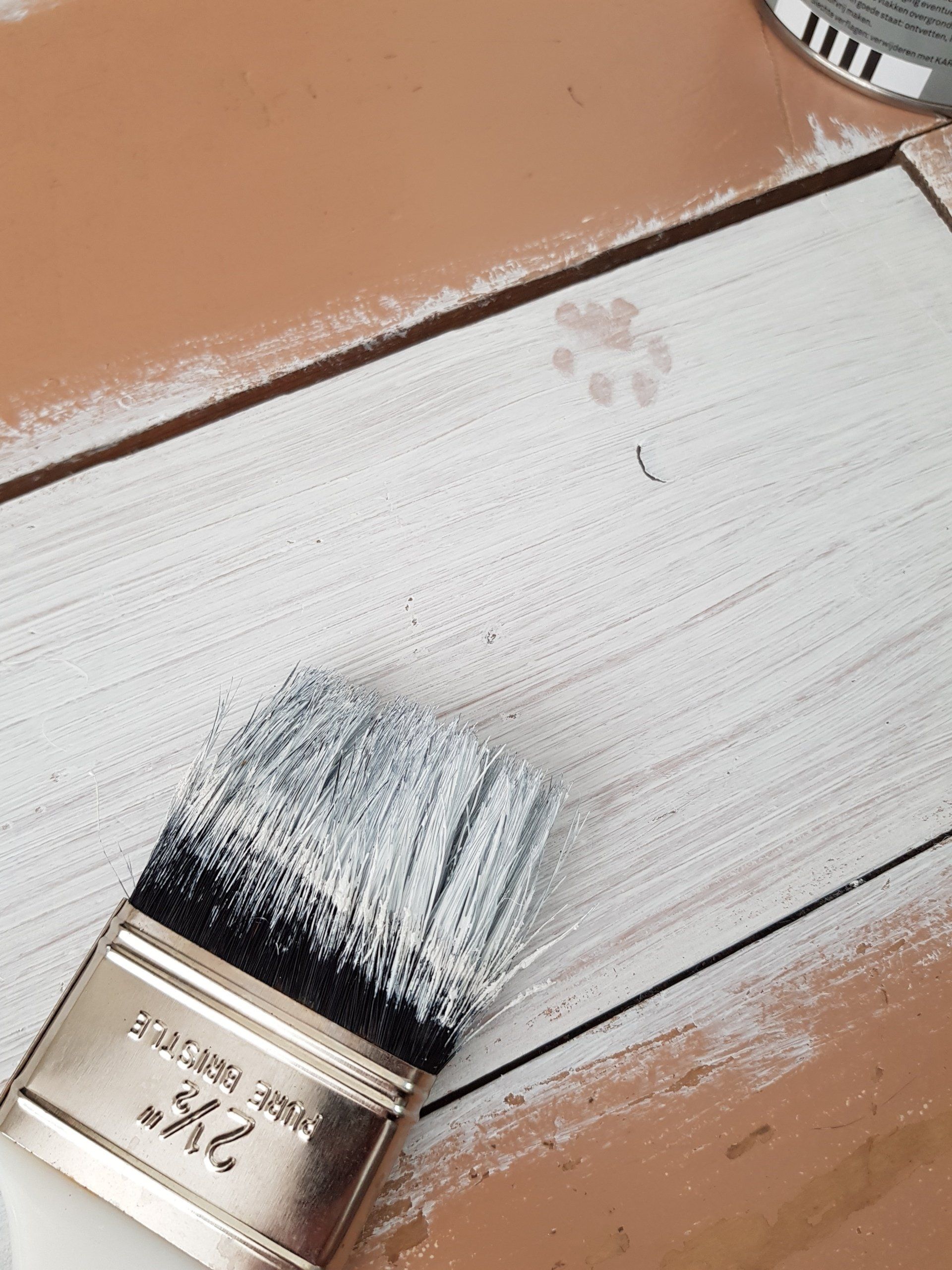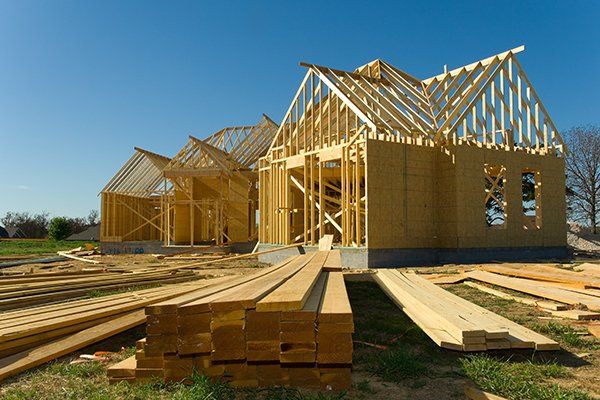Breaking Down the Price: What Goes into the Cost to Fix Drywall Repair?
Cost-Effective Solutions for Drywall Repair: Maximizing Value and Durability
When faced with the task of repairing drywall in your home or office, understanding the "cost to fix" becomes paramount. Drywall repairs can vary widely in scope and complexity, from fixing minor holes and cracks to addressing larger issues like water damage or structural concerns. In this article, we'll dive into the various factors that contribute to the
cost to fix drywall, providing insights into what you might expect to pay for different types of repairs.

The Spectrum of Drywall Repairs
Cost to Fix Hole in Drywall
One of the most common drywall repairs involves fixing holes. The "cost to fix hole in drywall" depends largely on the size of the hole. Small holes, like those left by nails or screws, can be quite inexpensive to repair, often requiring just a bit of spackle, sanding, and paint. Larger holes, however, may need a patch or a new piece of drywall, increasing the cost. On average, homeowners can expect to spend anywhere from $50 to $200 to repair holes in their drywall, depending on size and complexity.
Cost to Fix Ceiling Drywall
The "cost to fix ceiling drywall" can be slightly higher than wall repairs due to the added difficulty of working overhead. This type of repair often involves scaffolding or ladders, and gravity makes the job trickier. Whether it's a leak from above causing water damage or a structural issue, ceiling repairs require precision and expertise. The cost for ceiling drywall repairs can range from $150 to $400, influenced by the extent of damage and accessibility.
Cost to Fix Drywall Ceiling
Specifically focusing on the "cost to fix drywall ceiling," this repair often encompasses scenarios such as cracking, peeling, or water damage directly affecting the ceiling's drywall. Factors influencing this cost include the height of the ceiling, the need for texture matching, and whether the repair is in a hard-to-reach area. Prices can escalate if the repair requires specialized finishing to blend seamlessly with the existing ceiling texture.
Comprehensive Cost to Fix Drywall
When considering the "cost to fix drywall" in a more general sense, including both walls and ceilings, it's essential to account for the repair's nature. Drywall repairs can range from simple fixes, such as filling in small dents and dings, to more complex repairs involving large sections of wall. These comprehensive repairs may also involve addressing underlying issues like moisture damage or insulation problems, which can significantly affect the overall cost.
Factors Influencing Drywall Repair Costs
Several key factors impact the overall "cost to fix" drywall repairs, including:
Material Costs:
The price of drywall sheets, joint compound, tape, and paint can vary based on quality and quantity.
Labor: Skilled labor costs can differ by region, and the complexity of the job may require more experienced (and expensive) professionals.
Repair Size and Scope: Larger and more complex repairs will naturally cost more due to the increased time, materials, and labor required.
Accessibility and Location: Hard-to-reach areas may necessitate additional equipment or more labor hours, influencing the cost.
Finishing Requirements: Matching textures or colors can require special techniques and materials, adding to the repair cost.
Preventive Measures: Reducing Long-Term Costs
One aspect often overlooked when considering the "cost to fix" drywall issues is the value of preventive measures. Simple steps, such as maintaining proper humidity levels in your home, ensuring good ventilation, and promptly addressing leaks or water damage, can significantly reduce the likelihood of extensive drywall damage. Installing water detectors in prone areas and performing regular inspections can also help catch problems early, potentially saving hundreds of dollars in repair costs.
The Role of Professional Assessments
When damage is noticed, one of the first steps should be a professional assessment. Experts can not only provide an accurate estimate of the "cost to fix drywall" but also diagnose underlying issues that may have led to the damage. For instance, what appears as a minor "cost to fix hole in drywall" could reveal more significant structural concerns upon closer inspection. Professionals use their expertise to advise on the most effective and efficient repair strategies, ensuring that the solution addresses the root cause of the problem, not just the symptoms.
Hidden Costs and Considerations
Hidden costs can emerge in drywall repair projects, especially in older homes or buildings where asbestos or lead paint might be present. Before any repair work begins, testing for these hazardous materials is crucial. If found, remediation can significantly impact the overall "cost to fix," requiring specialized contractors and safety measures. These considerations are vital for ensuring the health and safety of occupants and workers alike.
Cost to Fix vs. Replacement
In some cases, the "cost to fix drywall ceiling" or walls may approach or exceed the price of replacement. When damage is extensive or involves large portions of a room, replacing the drywall might offer a more cost-effective and long-lasting solution. Professionals can help weigh the pros and cons, considering factors such as material costs, labor, and the impact on the property's value.
DIY vs. Professional Repairs
For minor repairs, the DIY route can be tempting to minimize the "cost to fix." While small patches and fixes can be straightforward, larger or more complex issues often benefit from professional expertise. The quality of the repair, the match of textures and finishes, and the durability of the solution can vastly differ between DIY and professional work. Additionally, DIY repairs gone wrong can end up costing more in the long run, necessitating professional intervention to correct mistakes.
Long-Term Benefits of Quality Drywall Repairs
Investing in quality drywall repairs extends beyond mere aesthetics. Properly repaired and maintained drywall contributes to the structural integrity of a building, enhances insulation and energy efficiency, and can even improve soundproofing. Moreover, high-quality repairs can increase a property's market value and appeal, making it more attractive to potential buyers or renters.
Sustainability and Eco-Friendly Materials
As environmental concerns become increasingly important, choosing sustainable materials and repair methods can also impact the "cost to fix drywall." Eco-friendly options, such as recycled drywall products and low-VOC (volatile organic compounds) compounds and paints, promote healthier indoor air quality and reduce environmental impact. While these materials may come with a slightly higher upfront cost, they offer long-term benefits, both for the occupants' health and the planet.
Conclusion: A Holistic Approach to Drywall Repair
Understanding the "cost to fix" drywall requires a holistic approach that considers not only the immediate repair costs but also the underlying causes, potential hidden expenses, and the long-term value of quality workmanship. By investing in preventive measures, seeking professional assessments, and choosing quality over quick fixes, property owners can ensure that their drywall repairs are cost-effective, durable, and beneficial in the long run. Whether addressing a simple hole or undertaking a significant ceiling repair, the right approach can protect and enhance your property for years to come.
Ready to work with Fort Worth Drywall Contractor Services?
Let's connect! We’re here to help.
Send us a message and we’ll be in touch.
Or give us a call today at 111-222-3333
Agency Contact Form
We will get back to you as soon as possible
Please try again later
More Marketing Tips, Tricks & Tools
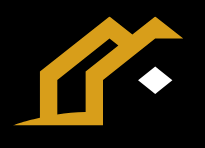
©Fort Worth Drywall Contractor Services
Get In Touch
© 2004 | Powered by UpShot
